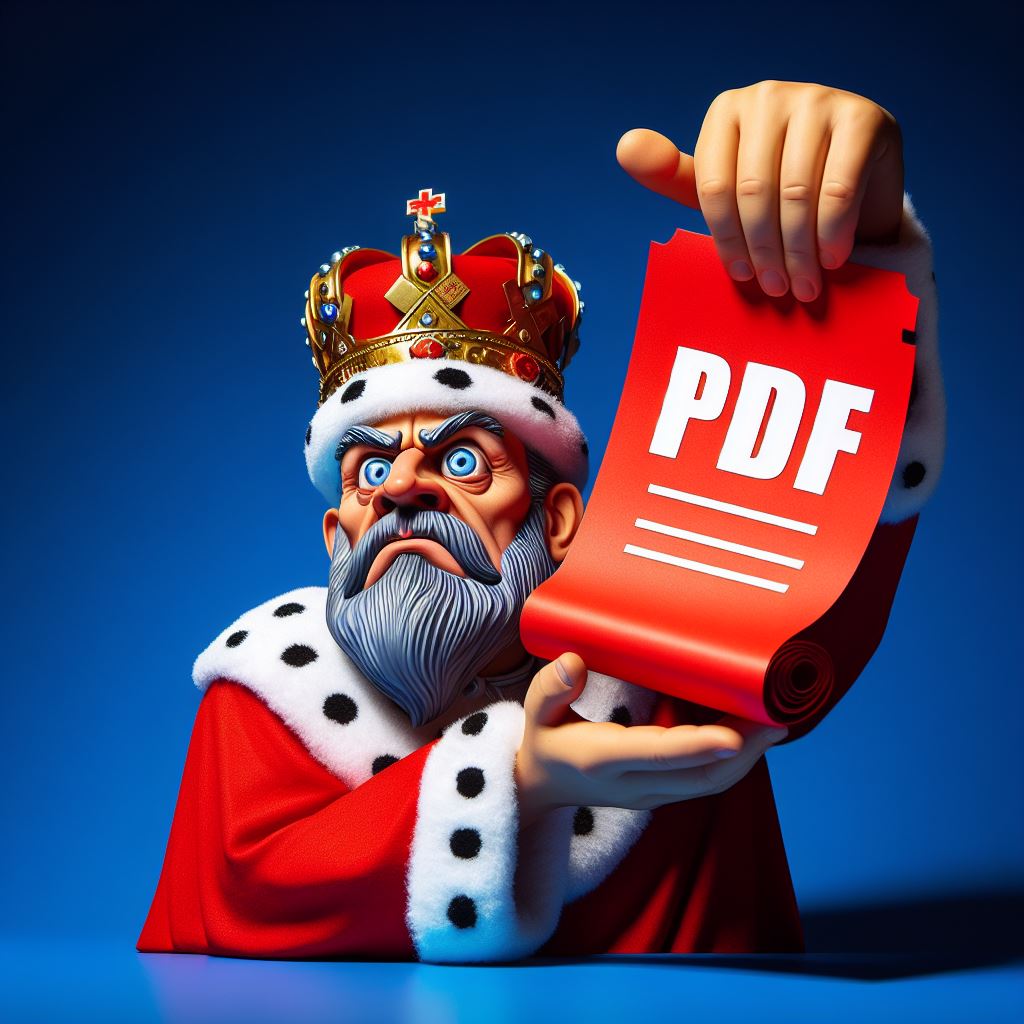The Reign Ends: After 30 Years, PDF Steps Down as the King of Formats, Making Way for Modern Successors
On January 3rd, 2024, the USPTO made a groundbreaking announcement via email, marking a pivotal step in the modernization of its document processes. In a historic move, the USPTO revealed its transition from the long-standing PDF format to DOCX—the Word format. Breaking a 30-year tradition, PDF is no longer the mandatory document format, with DOCX taking the official reins. This shift aligns seamlessly with the prevalent use of Word by lawyers and patent professionals for document creation.
At storieddata.com, we see this as just the tip of the iceberg. Drawing an analogy to the web’s paramount role and HTML’s position as its language, the question arises: why are 98% of documents still uploaded in PDF format? While PDF will persist as a backup, its dominance has unquestionably shifted. The USPTO’s move is a herald of changing times.
Here is the tech of the announcement:
The USPTO is taking the next step in its transition to DOCX format for the filing of patent application-related documents in Patent Center as part of our continuous efforts to modernize our patent application systems to improve user experience, provide applicants a more streamlined process, promote harmony across patent systems globally, and strengthen our ability to examine applications quickly and effectively. Patent Center makes it easy for all users to file the specification, claims, abstract, and drawings in DOCX format and provides pre-prosecution checks that improve the robustness and reliability of patents.
As previously noted, we will continue to allow filings in non-DOCX filing formats for new, non-provisional utility patent applications until January 17. Beginning January 17, those filing new, non-provisional utility patent applications with specification, claims, and abstract in non-DOCX filing formats will incur a surcharge. The option for applicants to provide a backup PDF, or auxiliary PDF, version of their application with their DOCX version remains available.
On a different tangent, why opt for DOCX instead of HTML? Imagine standardizing all documents in HTML to ensure seamless interoperability across channels, devices, and data systems. Such a move could eradicate numerous superfluous steps in the document production process and pave the way for consolidating the multitude of document types. In a world where HTML offers versatility, who needs the complexities of PPTX or DOCX when simplicity lies in HTML?
To Learn more about how to create interactive bank statements, contact us.
Dr. Rado

